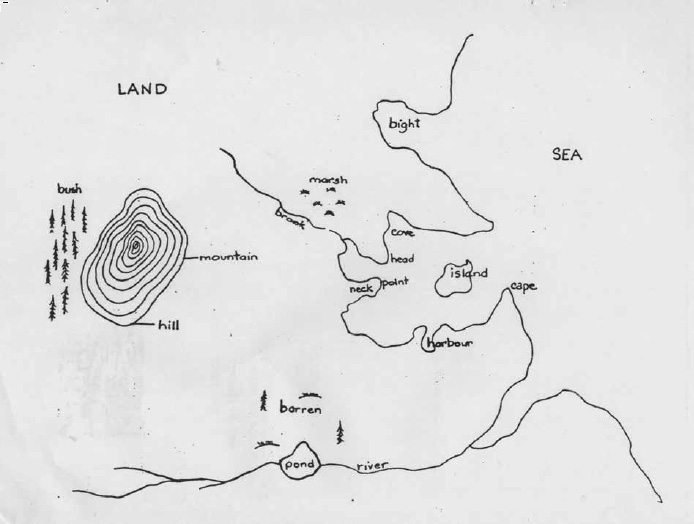Look at the graph of landforms below and compare it to the landforms which are located on the landform map below. Find your community by using Google Earth. Search to see if there are any landforms that are not listed on this page. In a group, create a landform map for your community using some of the information you have gathered from Google Earth. You can create a three-dimensional map by using plasticine. Colour the land forms on your group map so you can make a legend for your map. If there are names for some of these features (e.g.: Monkey Hill) add them to your map also. If land forms have been altered remove them from the plasticine model or show how they have been altered.
| Land | Water | Coastline |
|---|---|---|
|
|
|





